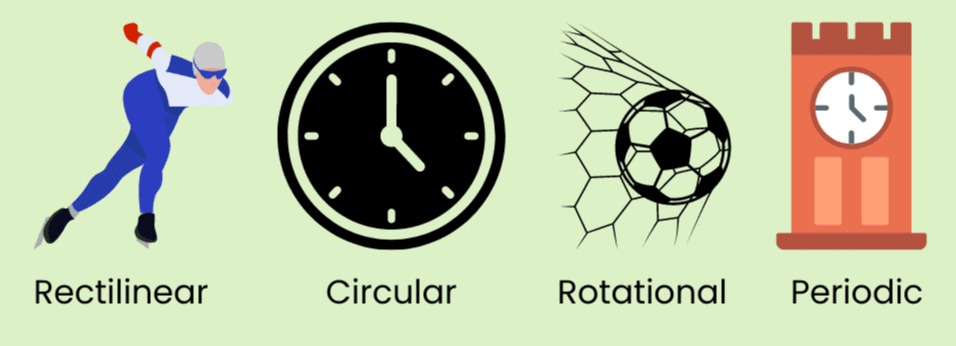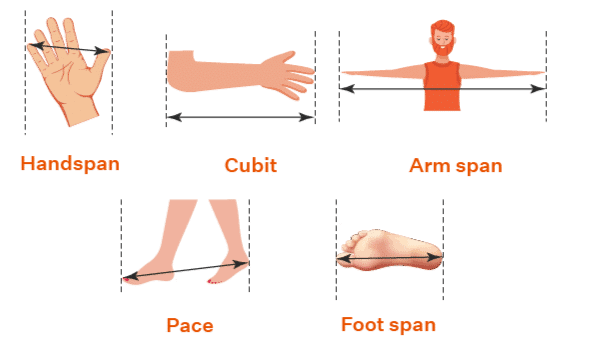Class 6 Exam > Class 6 Notes > Science for Class 6 > Mnemonics: Measurement of Length and Motion
Mnemonics: Measurement of Length and Motion | Science for Class 6 PDF Download
1. Units of Length
Mnemonic: "King Henry Doesn’t Usually Drink Chocolate Milk"
Explanation (for metric unit conversion):
- King → Kilometer (km)
- Henry → Hectometer (hm)
- Doesn’t → Decameter (dam)
- Usually → Meter (m)
- Drink → Decimeter (dm)
- Chocolate → Centimeter (cm)
- Milk → Millimeter (mm)
2. Types of Motion
Mnemonic: "Little Cats Only Play"
- Little → Linear Motion (Straight line)
- Cats → Circular Motion (Round path)
- Only → Oscillatory Motion (Back and forth)
- Play → Periodic Motion (Repeating motion)

3. Measuring Tools and Their Uses
Mnemonic: "Really Tall Flex"
- Really → Ruler (Short objects like pencils)
- Tall → Tape Measure (Long or round objects)
- Flex → Flexible Scale (Curved lines)
4. Old Measurement Methods
Mnemonic: "Happy Ants Found Strawberries"
- Happy → Handspan
- Ants → Arm Length (cubit)
- Found → Foot Length
- Strawberries → Stride (pave)

Use: To recall how people measured before standard units.
5. Standard Unit Facts
Mnemonic: "My Cat Meows Kindly"
- Metre = base unit
- Centimetre = 1/100 of a metre
- Millimetre = 1/1000 of a metre
- Kilometre = 1000 metres
The document Mnemonics: Measurement of Length and Motion | Science for Class 6 is a part of the Class 6 Course Science for Class 6.
All you need of Class 6 at this link: Class 6
|
69 videos|289 docs|27 tests
|
FAQs on Mnemonics: Measurement of Length and Motion - Science for Class 6
| 1. What are the standard units of measurement for length? |  |
Ans. The standard unit of measurement for length in the metric system is the meter (m). Other units include centimeters (cm) and millimeters (mm). In the imperial system, common units include inches, feet, and yards.
| 2. How do you convert between different units of length? |  |
Ans. To convert between different units of length, you can use conversion factors. For example, to convert meters to centimeters, you multiply by 100 (since 1 m = 100 cm). For converting from centimeters to inches, you can multiply by 0.39 (since 1 cm ≈ 0.39 inches).
| 3. What tools are commonly used to measure length? |  |
Ans. Common tools for measuring length include rulers, measuring tapes, calipers, and laser distance meters. Rulers are often used for smaller measurements, while measuring tapes are better for longer distances.
| 4. What is the concept of motion in relation to length measurement? |  |
Ans. Motion refers to the change in position of an object over time. When measuring motion, we often look at distance (length traveled) and time taken. The relationship between distance, speed, and time can be described by the formula: Speed = Distance/Time.
| 5. Why is it important to understand the measurement of length and motion in daily life? |  |
Ans. Understanding the measurement of length and motion is essential in daily life for various reasons, such as calculating distances for travel, measuring materials for construction or cooking, and understanding speed for safe driving. It helps us make informed decisions in practical situations.
Related Searches

















